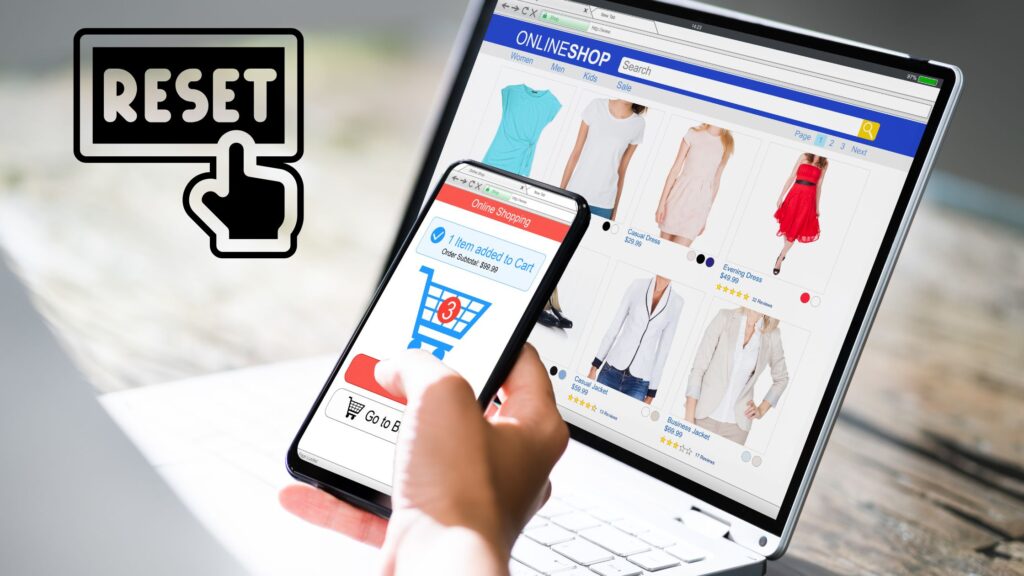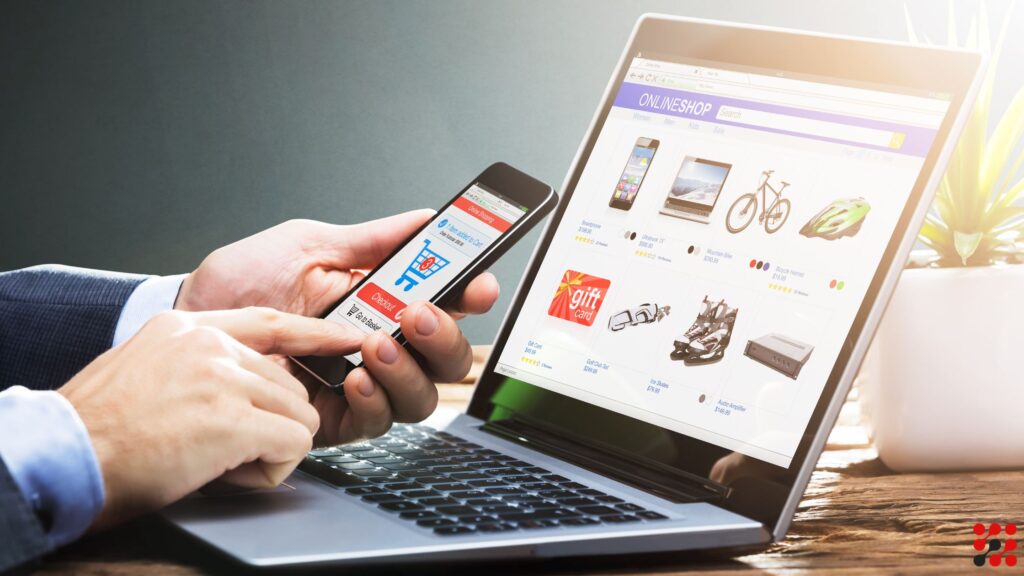Security is the backbone of any successful online store.
When it comes to WooCommerce, one of the most popular e-commerce platforms, ensuring the safety and security of your online shop is not just a good practice—it’s essential.
Whether you’re just starting with WooCommerce or you’ve been using it for years, understanding the ins and outs of WooCommerce security is crucial to protect your business, customers, and reputation.
So, let’s browse WooCommerce security and find the answer to the most burning question: is WooCommerce safe?
What is the Vulnerability of WooCommerce WordPress?
The vulnerability of WooCommerce within WordPress stems from outdated plugins, themes, and core software that may contain security flaws.
Hackers often exploit these vulnerabilities to gain unauthorized access to your site or data.
Insecure payment gateways can further compromise customer data.
Cross-Site Scripting (XSS)
XSS vulnerabilities in WooCommerce have allowed attackers to inject malicious scripts into web pages viewed by customers. This can lead to data theft or the execution of harmful actions within the user’s browser, compromising their experience and trust in your site.
SQL Injection
In the past, WooCommerce faced SQL injection vulnerabilities, where attackers could manipulate queries sent to the database.
This allowed unauthorized access to sensitive data, including customer information, potentially leading to data breaches.
Arbitrary File Upload
In certain cases, WooCommerce plugins have had vulnerabilities that allowed attackers to upload malicious files to the server.
These files could execute harmful code, leading to potential website defacement, data theft, or complete server compromise.

Source: WPscan
WooCommerce Security for Startups, SMEs and Enterprises
You may be wondering, how safe is WooCommerce? The short answer is that WooCommerce is a safe and reliable platform, but, like any technology, it requires proper management and security measures to minimize risks.
Let’s explore these measures and understand what you can do to keep your WooCommerce store secure.
Best Practices To Prevent WooCommerce Security Issues
When it comes to e-commerce, even the slightest security vulnerability can have dire consequences.
WooCommerce, while robust, is not immune to security issues.
To protect your WooCommerce store from potential security breaches, you must follow a set of best practices. These include:
1) Regular Updates
Keeping your WooCommerce, WordPress, themes, and plugins up to date is non-negotiable.
Developers regularly release updates to address security vulnerabilities and enhance performance.
Don’t delay in applying these updates.
2) Strong Password Policies
Implement a strong password policy for your site and encourage your customers to use secure passwords. Tools like password managers can help simplify this process.
3) Secure Hosting
Choose a hosting provider that prioritizes security. Look for features such as firewalls, regular backups, and proactive monitoring.
4) SSL/TLS Certificates
Ensure your site is using SSL/TLS certificates to encrypt data in transit.
This not only protects your customers’ sensitive information but also boosts your SEO rankings.
5) Two-Factor Authentication
Enable two-factor authentication for your WooCommerce store. This extra layer of security can prevent unauthorized access even if passwords are compromised.
6) Monitor for Suspicious Activity
Regularly monitor your store for any signs of suspicious activity, such as unusual login attempts or unexpected changes in data.
7) Secure Your Database
Secure your WooCommerce database by using a firewall, restricting database access, and ensuring proper backups are in place.
8) User Roles
WordPress offers six user roles—Administrator, Editor, Author, Contributor, Subscriber, and Customer—while WooCommerce adds two more: Shop Manager and Shop Accountant.
Each role has specific permissions, such as creating posts, editing pages, and managing orders.
Only grant the Administrator role to yourself and highly trusted staff who need full control over your website.
Limit the Shop Manager role to those who need access to shop settings and orders.
Avoid assigning high-level roles to anyone who doesn’t need them.
For customers, assign the Customer role to grant access to their order history and profile details like addresses and payment information.
Keep access limited to these pages and avoid exposing customers to areas beyond their needs.
9) Backup Strategies
Keeping multiple backups of your website files and database is crucial for data protection and disaster recovery.
Implement these backup strategies:
a) Regular Backups
Schedule regular backups throughout the day to ensure you have the latest data available in case of an emergency. This can minimize data loss and help you quickly restore your website if needed.
b) Remote Backup Storage
Store your backups in a secure, remote location away from your main server or hosting provider.
This protects your backups from server issues and increases their reliability.
c) Comprehensive Coverage
Use a backup solution that covers all aspects of your site, including dynamic data like orders, inventory, and logs. This ensures that all critical information is backed up and recoverable.
10) Limit Login Attempts
One crucial WooCommerce security measure is to limit the number of login attempts for users on your website.
This strategy can significantly reduce the risk of brute force attacks, where hackers use automated scripts to guess usernames and passwords until they gain access.
By capping login attempts, you can block malicious users after a certain number of failed login attempts, locking them out and protecting your site.
11) Disable File Edits from the WordPress Admin Dashboard
The WordPress admin dashboard offers a built-in feature for editing code in your WordPress files, such as themes, plugins, or core files.
While convenient, this feature can be a potential security risk if malicious users gain access to your admin dashboard.
They could modify files, inject harmful code, and compromise your website’s integrity.
By disabling file editing from the WordPress admin dashboard, you minimize the risk of unauthorized code modifications.
You can achieve this by adding the following line of code to your wp-config.php file:
define('DISALLOW_FILE_EDIT', true);
This line of code restricts file editing from the Appearance and Plugins menus, protect your site against unintentional or malicious changes.
However, be cautious when editing configuration files directly, as improper adjustments can lead to website instability or downtime.
12) Monitoring WordPress Uptime
Monitoring your WooCommerce store’s uptime is key to maintaining smooth operations and addressing issues quickly. Here’s how to manage uptime monitoring:
a) Uptime Monitoring Services
Use services that check your site’s availability regularly and notify you immediately if it goes offline.
This allows you to address the problem before it impacts your business and customers.
b) Impact of Downtime
Downtime can lead to lost sales, dissatisfied customers, and damage to your reputation and SEO ranking. Promptly addressing any issues can minimize these risks.
13) Update to the Latest PHP Version
WordPress, including the WooCommerce plugin, is primarily built using the PHP programming language.
Keeping your PHP version up to date is crucial for both performance and security. Updated PHP versions contain essential security patches that protect your website from known vulnerabilities and bugs.
You can upgrade your PHP version through your hosting provider’s settings or by requesting assistance from them.
14) Change Your WordPress Login URL
The default WordPress login page is accessible at /wp-admin on your URL, making it an easy target for attackers. Adding an extra layer of security can be as simple as changing your login URL.
This adjustment makes it more challenging for malicious users to locate and target your login page.
You can modify your .htaccess file directly or opt for a user-friendly plugin like WP Hide Login if you prefer not to work with code.
15) Implement a Spam Filter
Dealing with spam comments can be a frustrating and time-consuming task. These spammy interactions not only detract from your site’s professionalism but may also lead your customers to malicious sites through harmful links.
Establishing a spam filter can tackle this issue by automatically screening and filtering out unwanted comments.
This saves you the hassle of manual moderation and ensures your comment section remains a safe and welcoming space for your audience.
16) Hire TechnologyAlly Web Experts
TechnologyAlly Web experts leverage cutting-edge technologies to build a WooCommerce store free from vulnerabilities.
Our backend and PHP developers will help you in the deployment of the latest security measures, such as strong encryption, regular software updates, and real-time monitoring, to protect your store from potential threats.
WooCommerce Security Plugins
While following best practices is essential, you can further bolster your WooCommerce store’s security with specialized security plugins.
These plugins are designed to address specific vulnerabilities and offer additional layers of protection.
Some popular WooCommerce security plugins include:
Wordfence Security
This plugin provides comprehensive protection, including firewall and malware scanning, live traffic monitoring, and login security.
Sucuri Security
Sucuri offers a wide range of security features such as malware removal, website monitoring, and performance optimization.
Jetpack
Jetpack includes security features such as brute force protection, downtime monitoring, and secure logins.
By integrating these plugins into your WooCommerce store, you can gain peace of mind knowing that you have additional security measures in place.
Is WooCommerce Safe – Reddit Stance
From the Reddit perspective, the community acknowledges WooCommerce as a secure platform when proper measures are taken.
Reddit users frequently recommend keeping the platform updated and using reliable plugins to address potential vulnerabilities.
What Security Measures Should Be Taken For A WooCommerce WordPress Website?
byu/TJSCrypto inWordPress
Many suggest incorporating security tools such as two-factor authentication and limiting login attempts to thwart brute force attacks.
Furthermore, community members emphasize the importance of securing payment gateways and conducting regular backups.
WooCommerce Security – Conclusion
The importance of WooCommerce security cannot be overstated.
Protecting your online store from potential threats is vital for the success and longevity of your business.
By following best practices, using security plugins, and staying vigilant, you can ensure that your WooCommerce store remains a safe and trusted place for your customers.
Is WooCommerce Safe – FAQs
Is WooCommerce safe for my online store migration?
Yes, WooCommerce is safe for your online store migration, you can migrate any store. Read our detailed guide on magento to woocommerce migration and shopify woocommerce integration.
How secure is WooCommerce payments for my customers?
WooCommerce Payments is secure for online customers as it follows industry-standard encryption and tokenization practices to protect sensitive payment information.
Furthermore, it complies with PCI DSS requirements, ensuring a safe and secure checkout experience for your customers.
Why not to use WooCommerce without any security measures?
Using WooCommerce without any security measures can leave your online store vulnerable to data breaches, hacking attempts, and fraud.
This can compromise your customers’ sensitive information, damage your reputation, and result in financial losses.








